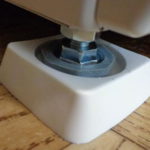Many are faced with a situation where the washing machine emits a knock or excessive vibration during operation. Especially when the centrifuge is running, its mobility is sometimes even frightening. It should be noted right away that in most cases this is completely independent of the unit itself. That is, the quality of the technology itself has nothing to do with it. If the machine emits excessive noise, knocking and other annoying sounds during operation, this may be due to its incorrect installation. If vibration cannot be avoided when it is correctly installed, these may be problems of the technique itself. Let's take a closer look at what is the reason for this and how to eliminate them using special anti-vibration supports for the washing machine.
What do they look like, what are they made of?
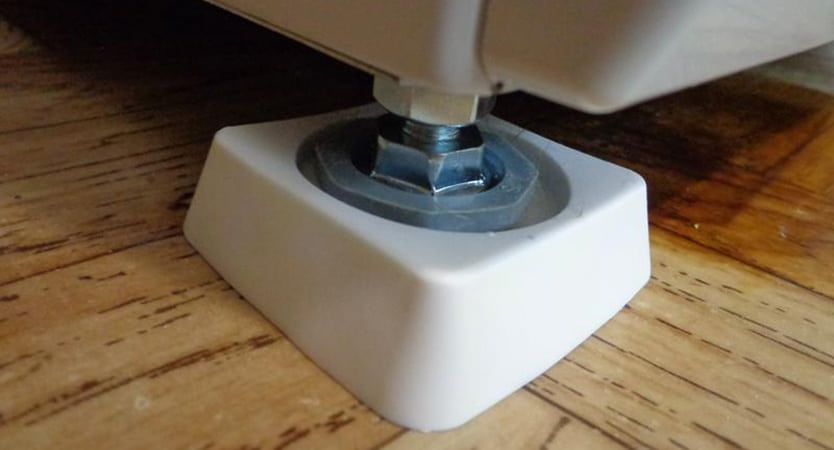
Anti-vibration legs are special stands, the main purpose of which is to soften and reduce vibration and sound that the washing machine can give out during operation. In appearance, these are four separate stands made of polyurethane or rubber.
Mostly you can find sets of round or oblong shape. However, on sale you can find stands in the form of paws. The main function is no different, only outwardly they have a different shape. For which they cost more.
In addition, they use special rubber mats. This is simply covered under the technique. From consumer and expert reviews, the most effective and popular method is with regular rubber pads.
And also they can be of different colors. This is due to the different colors of the technique itself. However, the most common are white and black coasters. But, in recent years, transparent coasters have gained popularity. They can be called universal, which will suit any color technique. The main thing to understand is that parameters such as shape or color do not affect their main function.
![]() See also - Hotpoint-Ariston washing machine review
See also - Hotpoint-Ariston washing machine review
Do i need anti-vibration pads for the washing machine
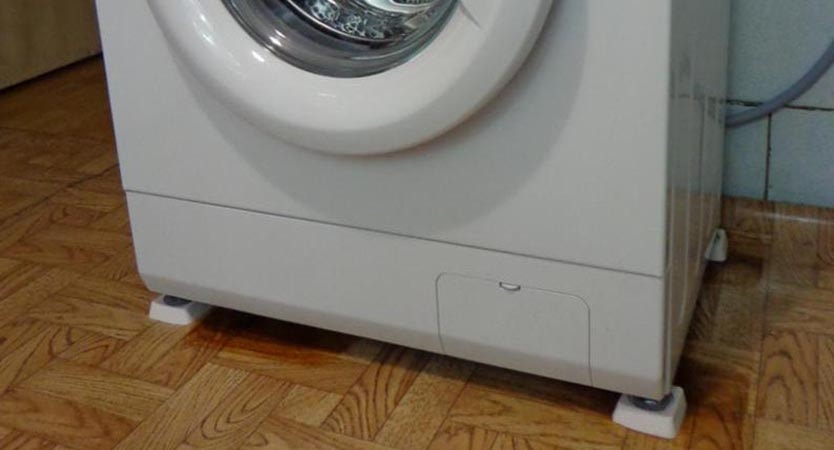
In each case, the situation as a whole should be assessed to determine whether rubber feet are needed for the washing machine.
It is worth noting that by default they are not needed for the washing machine. In another case, they would be included with the purchase. The manufacturer makes every effort and designs the equipment in such a way that this is not necessary. Therefore, often serviceable and high-quality equipment makes noise and vibrates for completely different reasons, for example, incorrectly installed.Therefore, first you should check if it is installed correctly.
Despite the efforts of the manufacturer, some models are still characterized by excessive noise and tapping during operation. This applies to small-sized models that boast of their compactness and full functionality, however, because of this, they also have disadvantages. The narrow size of the equipment is the reason for its less durability. Usually it is based on weighting agents, however, this does not solve the problem and both the manufacturer and the consumer know about it. Here, in fact, there will be very appropriate stands that will help reduce excessive noise and vibration during operation.
In this case, it is important to take into account the requirements and recommendations of the manufacturer regarding the use of various kinds of stands. For example, if your car is under warranty, then carefully read whether the use of stands is allowed. Often, service providers refuse warranty service if they have been used.
Often, the choice of such anti-vibration stands is made by the consumer himself due to surface irregularities where the installation of equipment is planned. And also, as a means of anti-slip, surface scratches and the like.
![]() See also - How to get a bone from a bra caught in a washing machine
See also - How to get a bone from a bra caught in a washing machine
Causes of vibration of the washing machine
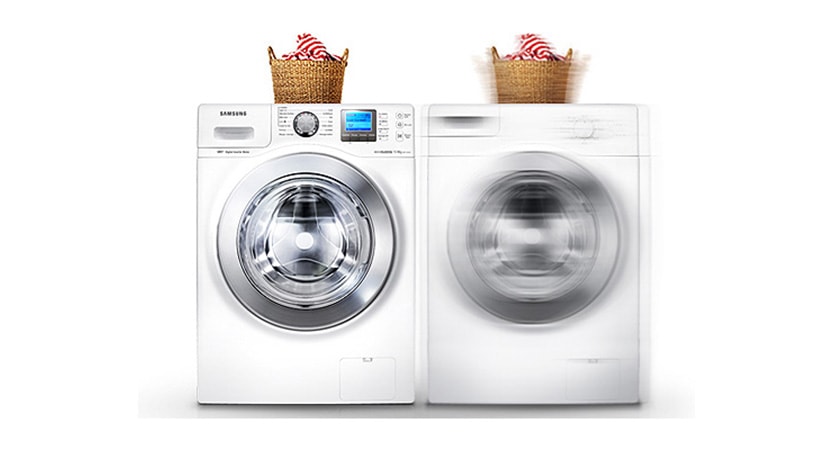
The technique itself has an inherent ability to make noise. In addition to improper installation, there are other causes of machine knocking. Let's consider the most common of them, for which the indicated inconveniences arise.
- Transport screws not removed. Often, forgetting to carry out their twisting when installing, people are faced with the problem of bouncing the car. In the literal sense, the machine just walks during operation. Therefore, if this is the first installation, then make sure everything is done correctly.
- Incorrect positioning of the legs. A common reason. The height of the legs itself is corny incorrectly set, which causes the machine to oscillate during operation.
- Crooked floor. This happens very often in old apartments and it is often a problem for the installation of modern overall household appliances.
- Parquet, wooden floor actually completely predicts this problem, since the surface will be unstable.
- Old bearing. Often, in the process of long-term use, this part of the technique wears out corny. In this connection, it generates excessive vibration. Therefore, here you just need to replace it.
How to install anti-vibration pads
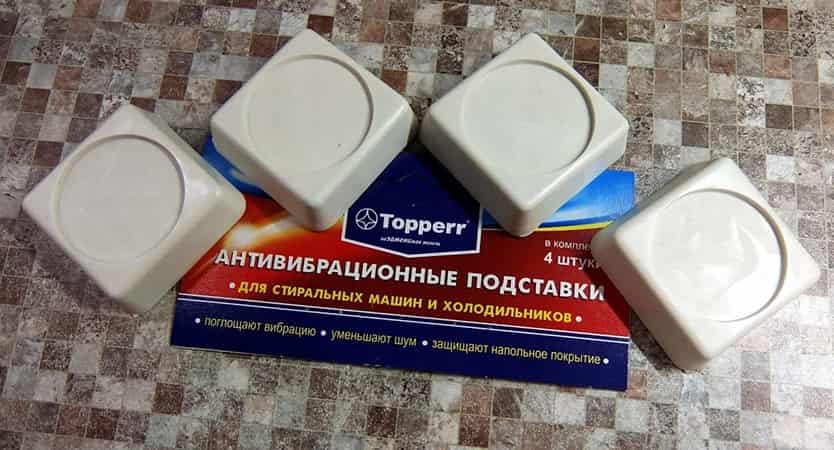
If you decide to use anti-vibration feet for your washing machine, then you should complete the preparatory processes before starting the installation.
- To begin with, we note that a flat and stable surface will be an ideal place for a washing machine. Especially for this place a concrete screed is often made.
- After choosing a location, connect the machine to the water supply. We set up hoses correctly, etc. After installing anti-vibration stands, the machine will be practically motionless and it will be more difficult to do all this. Also connect to the mains.
- After connecting, we align the height of the native legs. To do this, you should press on the car itself and, as it were, stir it up. You will immediately feel where it fits unevenly. We twist (expose) the legs at the correct level.
- Next, install the coasters. By the way, they are larger in diameter, so they fit there without problems.
That is all the work. Now the machine stands indestructibly, and does not issue or at least reduce noise and vibration during operation.
See also:

